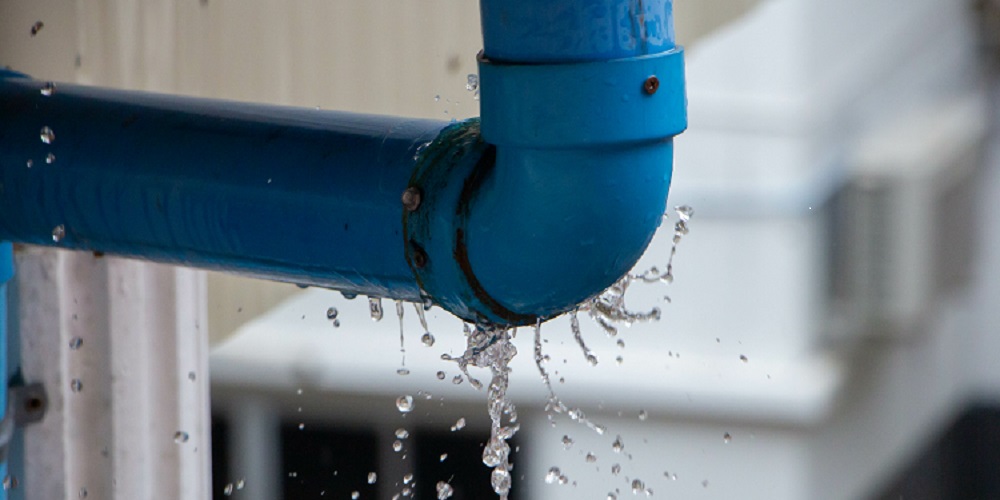Exactly how to Examine If Your Home Has a Concealed Leakage
Exactly how to Examine If Your Home Has a Concealed Leakage
Blog Article
Are you in search of know-how around Locating water leaks?

Early detection of dripping water lines can reduce a prospective disaster. Aside from saving you cash, it will decrease the aggravation and also irritation. The moment you locate a leakage, calling your plumber for repairs is the best solution. Some small water leakages might not be noticeable. If you can not discover it with your nude eyes, below are some hacks that aid.
1. Take A Look At the Water Meter
Examining it is a proven method that aids you discover leakages. If it relocates, that indicates a fast-moving leakage. This implies you may have a slow leak that might also be below ground.
2. Inspect Water Consumption
Examine your water costs and track your water usage. As the one paying it, you should observe if there are any type of inconsistencies. If you find sudden changes, regardless of your usage coinciding, it implies that you have leakages in your plumbing system. Remember, your water costs must drop under the same range every month. An unexpected spike in your bill indicates a fast-moving leakage.
A constant increase every month, also with the same behaviors, reveals you have a slow-moving leakage that's likewise slowly escalating. Call a plumber to extensively inspect your residential or commercial property, specifically if you really feel a warm area on your flooring with piping underneath.
3. Do a Food Coloring Examination
When it comes to water consumption, 30% comes from toilets. If the shade in some way infiltrates your dish throughout that time without flushing, there's a leak between the tank and dish.
4. Asses Outside Lines
Don't neglect to inspect your exterior water lines too. Ought to water permeate out of the link, you have a loose rubber gasket. One tiny leak can squander lots of water and also spike your water costs.
5. Inspect as well as Evaluate the Situation
Homeowners must make it a habit to check under the sink counters as well as even inside cupboards for any type of bad odor or mold and mildew growth. These two red flags indicate a leak so punctual interest is called for. Doing routine evaluations, even bi-annually, can save you from a significant trouble.
If you know your home is already old, keep a watchful eye on your heaters, tubes, pipelines etc. Check for stainings and compromising as a lot of pipes as well as appliances have a life expectancy. They will certainly also normally deteriorate due to tear as well as put on. If you think dripping water lines in your plumbing system, don't await it to escalate. Call a specialist plumber right now so you don't end up with a dreadful mess in your house.
Early discovery of dripping water lines can alleviate a possible catastrophe. Some little water leaks may not be noticeable. Examining it is a proven means that aids you discover leakages. One little leakage can waste tons of water and increase your water costs.
If you think leaking water lines in your plumbing system, don't wait for it to rise.
How to Know If Your Home Has a Hidden Leak
Water Meter Reveals Inexplicable Water Usage
If you’d like to test whether or not there’s a leak somewhere in your home, you can do this using your water meter. Here is how to conduct the test:
Don’t use any water in your home for at least 30 minutes; this also means not turning on faucets or water-using appliances.
Go outside, and check your water meter for activity.
If your water meter shows that there was activity, even though no one was using any water, this proves that there is a leak in your home.Visible Mold or Mildew Growth
Leaks behind walls create moist, dark environments that allow mold and mildew to grow and thrive. Eventually, you might see mold growth forming on the wall closest to a hidden leak.
If mold is growing in an area that receives a high amount of moisture, such as a bathroom, it may simply be an indication that better ventilation is needed. However, if you see mold growth on a wall or the ceiling in an area where you would not expect, you probably have a hidden leak.
Musty, Mildew Odor
Sometimes you might not be able to see the mold or mildew that is growing as a result of a leak. However, the smell can give the problem away just as easily. If you catch a whiff of something musty, there’s a good chance that old water is collecting somewhere in your home that you can’t see.
Stained/Warped Walls, Ceilings, or Floors
When your home soaks up water, a variety of red flags can become visible, including ceiling stains, bubbling drywall, warped walls, and sagging floors. While these issues can be caused by excess humidity, they can also be signs that a pipe or plumbing connection has started leaking behind your walls.
Inexplicably High Water Bill
After a while, you get a general sense for what your water bill should be. If you own a pool or sprinkler system, your bill will tend to be higher during summer. However, if you receive a water bill that seems especially high, and you can’t figure out what caused it, then you may have a hidden leak somewhere that’s increasing your bill.
https://www.plumbingjoint.com/blog/2019/july/how-to-know-if-your-home-has-a-hidden-leak/

Do you appreciate more info about Hacks to detect leaks? Leave feedback down the page. We would be pleased to hear your views about this content. Hoping that you come back again in the near future. Sharing is good. Helping people is fun. Many thanks for your time invested reading it.
Report this page